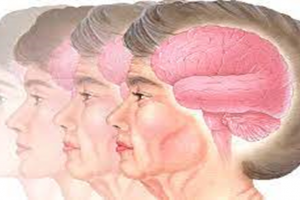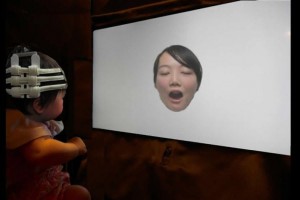Introduction
Parkinson's disease (PD) is the second most common chronic neurodegenerative disease that primarily affects the substantia nigra pars compacta (SNpc). Neuronal degeneration of SNpc leads to dopamine depletion in the CNS, which in turn leads to a variety of motor and non-motor symptoms.
Causes
As mentioned above, the symptoms of PD are primarily due to dopamine deficiency and neurotransmitter imbalance in the CNS. Although the exact pathophysiological mechanisms of PD are still unclear, genetic mutations and environmental factors have been suggested to play important roles in PD progression.
Symptoms
The signs and symptoms of PD develop gradually over time and are barely noticeable in the early stages of PD. The signs and symptoms of PD usually start on one side of the body and then affect both sides. These symptoms are:
- Resting tremor: Tremor in PD is exacerbated at rest and relieved by function. However, there are several neurological disorders that cause intention tremors, including multiple sclerosis, midbrain trauma, and stroke.
- Bradykinesia: The patient movements become slower over time, making task laborious to perform
- Muscle stiffness: Muscle pain with limited range of motion is a common symptom of PD
- Impaired balance
- Changes in speech and writing
Risk factors
Although the exact pathophysiological mechanisms of PD are still unknown, several risk factors have been proposed. The most important of them:
1) Age: The risk of developing PD has been shown to increase over time, and the incidence of PD in young adults is rare. Most patients develop PD around age 60 and older.
2) Inheritance: Genetic susceptibility is an important predisposing factor for PD, even at a young age, as genetic factors may play an important role in the development of PD.
3) Male gender
4) Exposure to toxins such as herbicides and pesticides
How to prevent it?
No protective factor has been shown to be effective in preventing PD. Still, there are some studies that point to protective effects of regular aerobic exercise, caffeine, and green tea. However, it has not been established whether caffeine itself prevents the development of PD or whether other factors may be involved.



Related Posts